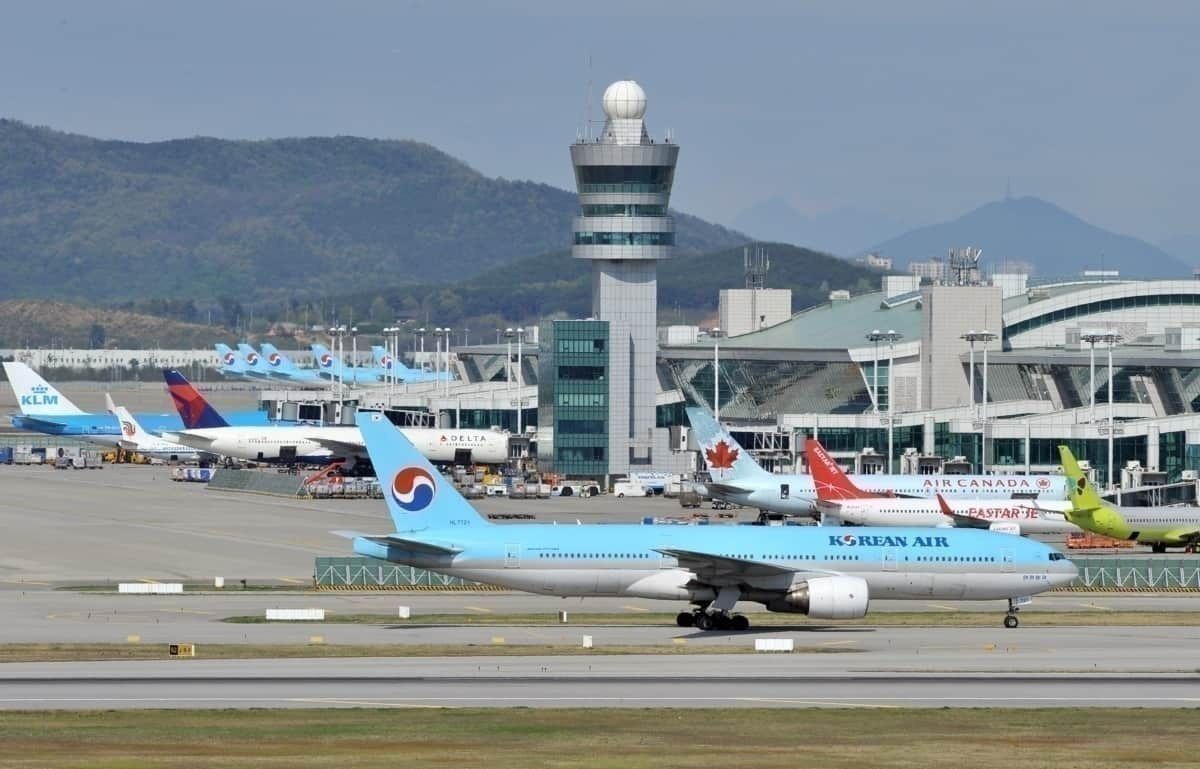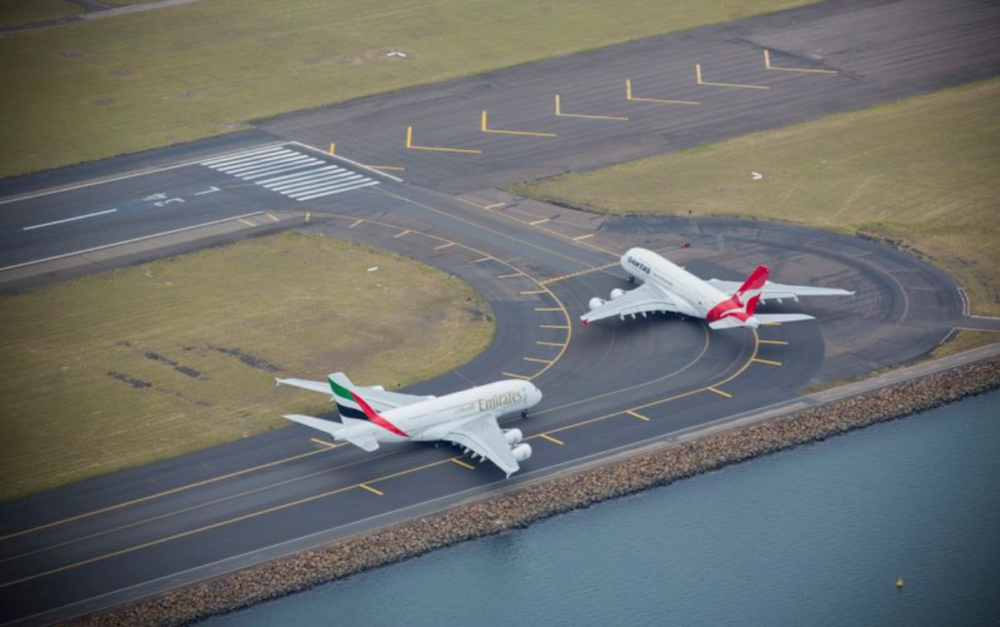Connections between Korea and Australia are about to become even better for passengers. After two years of delays, South Korean low-cost carrier T’way Air is finally entering the long-haul market, and the airline will launch its first long-haul route from Seoul to Sydney on December 23rd.
Sydney is about to welcome a new entrant
T’way previously obtained the rights to operate the route in February 2020 and was about to become the first low-cost carrier to operate flight services between Korea and Australia. Unfortunately, the onset of the pandemic delayed the service launch, but as travel demand surged amid eased restrictions, T’way took advantage as it opened its Sydney office in August.
And speaking of taking advantage, T’way entry to Sydney proves ambitious as it would provide four weekly flights from Seoul’s Incheon International Airport. Flight TW 501 will depart at 22:20 on Monday, Wednesday, Friday, and Saturday. After making the more than 10-hour flight, T’way is expected to land at Sydney’s Kingsford Smith International Airport at around 10:45 the following day.
The return leg sees Flight TW 502 taking off from Sydney at 12:15 on Tuesday, Thursday, Saturday, and Sunday to arrive back in Seoul at 21:05. Operating on this long-haul route would be the airline’s sole widebody fleet of three Airbus A330-300 aircraft, each configured densely for 347 passengers, with 335 in Economy Class and 12 in Business Class.
Photo: Airbus
Low cost for the long-haul
Flying low-cost on short-haul and regional flights is usually preferred, given the lack of additional fees and how fuss-free the journey can be. The extra money saved from choosing a low-cost carrier over a full-service carrier could go into other aspects of a passenger’s holiday. However, flying long-haul on low-cost carriers is a bit more challenging for the passenger, especially without the food and baggage allowance.
And T’way acknowledges this fact and says it will be tuning its in-flight service for the Seoul-Sydney route by offering complimentary meals and baggage. Tickets are expected to go live sometime next week, and the budget carrier has also planned out several promotional perks to keep airfare prices even more attractive for passengers.
The airline said in a statement:
“T’way Air plans to provide essential travel services at reasonable fares. Our new launch will expand the options for frequent travelers such as Koreans, international students, and business travelers to and from Korea and Australia. It will also expand options for the increasing number of tourists from both countries and enhance travel convenience.”
Heated competition
While it seems like T’way might still get its title of being the only Korean low-cost carrier to operate the Seoul-Sydney route, it would not be the only Korean carrier nor the only budget carrier serving the long-haul route. In fact, T’way will be entering into a rather crowded four-way market.
From the home turf, T’way will compete heavily against Korean Air, which currently flies four times weekly with its Airbus A330s. Asiana Airlines is another competitor with five weekly flights, even though the airline will soon merge with the flag carrier. Furthermore, both airlines will upgrade their frequencies for this route to daily flights in December.
And from Australia, flag carrier Qantas and its low-cost subsidiary Jetstar recently got the green light from the International Air Services Commission to operate the route, which also sees Qantas returning to Seoul after axing the city in 2008. Jetstar will be the first to fly the route, beginning on November 2nd with thrice-weekly flights on the Boeing 787s. Qantas will follow on December 10th with four weekly flights on its Airbus A330s.
Bottom line
The entry of T’way into the Seoul-Sydney route will make it into a five-way market, providing effective competition that would ultimately benefit the passengers, but would prove rather messy for the airlines as everyone would be fighting for the same cast of passengers. Since Korean Air and Asiana Airlines have dominated the route for several years, and with the upgraded frequency in December, the only advantage from T’way’s perspective would be its lower airfares.
However, the inclusion of Qantas and Jetstar could further turn the tables on T’way. Regardless, it would still be interesting to witness which carriers eventually come out on top of this high-demand market. And overall, it is still welcoming to see T’way finally breaking into the long-haul market, and it would be interesting to see what other long-haul routes the budget carrier will launch next.
What do you think of T’way entry for the Seoul-Sydney market? Which airline would you wish to fly with for this route? Let us know in the comments below.
[ad_2]
Source link


.jpeg)



